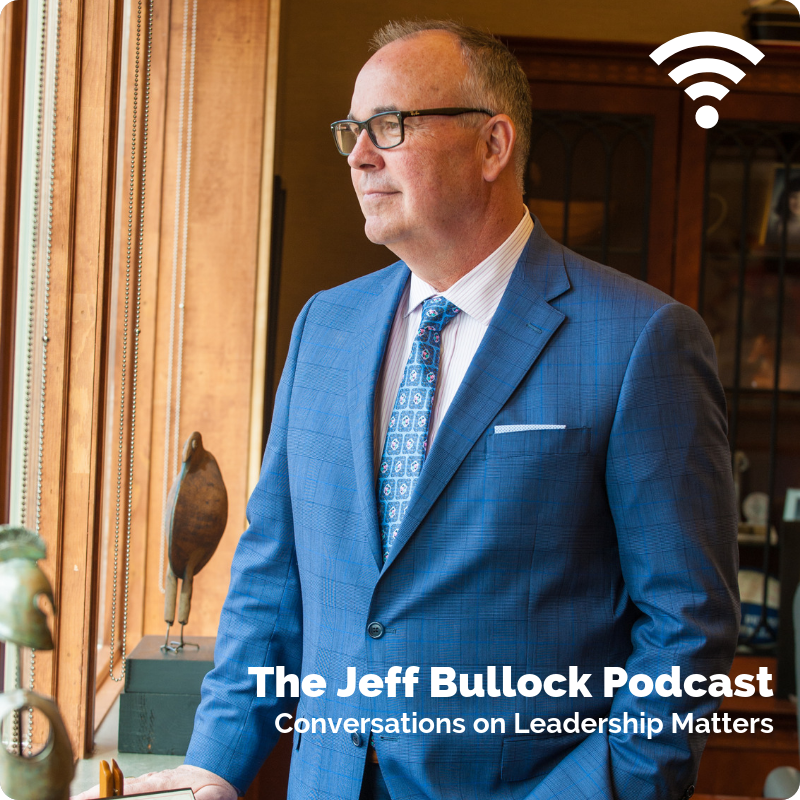My wife and I have three sons, two of whom are teenagers. I’m pretty sure that they love each other, but I suspect that affection is more often displayed if they happen to be home alone at night and are frightened by a strange sound in our attic than when they are in my presence. They’ll protect each other as a “band of brothers” when they have to but when they are in my company, they often seem to be provoking each other.
The provocation can be as simple as one’s toe touching the other’s leg while watching television or, sometimes, it escalates into something more physical. There are moments, usually in exasperation, when I hear myself sounding like the parent that I am: “Why can’t you guys just be kind to each other?!”
Kindness isn’t a word that we often associate with leadership. In the Leadership as Destination model that I described in an earlier post, many practitioners have been formed in the classroom of “nice people finish last.” These leaders have often been groomed to be highly analytic, very competitive, type-A personalities who have a “win at all costs” mentality. They are charismatic, opinionated, and sometimes leave a slew of bodies in the wake of their own path to achievement. (See the hit television drama, House of Cards as exhibit A.)
Over the course of time, their organizations may grow in influence, financial strength, and operational effectiveness, and this growth is often directly attributed to the CEO. Yet, in a world where change is the new normal, I believe that these organizations will inevitably struggle, particularly when faced with a shift in their respective market or in their leadership structure. Why? Because at its core, this kind of leadership is inherently narcissistic, and does not help construct a healthy, sustainable culture, whether in business, ecclesial life, or within one’s family.
This type of leader does not ordinarily prepare their business, church or family to respond to the inevitable challenges posed by dramatic change. So, rather than experience change as opportunity, these organizations often experience change as chaos…a threat.
Practitioners of the Leader as Journey model see the world a little differently. They intrinsically understand that consistent, authentic displays of kindness and generosity are not signs of weakness; rather, they are indicators of confidence and strength. [bctt tweet=”Great leaders understand that authentic displays of kindness are not signs of weakness.” via=”no”]
Organizations are comprised of people, and the tone of most organizational cultures is established at the top, whether that is the CEO, the Pastor, or the Parent. If the organizational entity is permeated by a consistent sense of threat or fear, and when times do get difficult as they inevitably will, an organizational culture will not have been sufficiently developed to gather its collective gifts in unified response to whatever that external or internal challenge may be.
Leaders who practice the discipline of kindness, on the other hand, will, over time, help create an environment where members of the organization will rally in the face of adversity. Why? Because there is a palpable sense within the organization that “we’re all in this together.” This sense can often be discerned while listening to how they describe their experiences, as there is a significant difference between “going to work” and “working at a place that I love.”
People who commit to a place they love will do whatever it takes to secure the organization in the face of adversity. People who simply “go to work,” who have no moral investment in the organization’s success, will begin looking for employment elsewhere whenever the waters appear to be getting choppy. [bctt tweet=”People who commit to a place they love will do whatever it takes to secure the organization in the face of adversity.” via=”no”]
I have seen the discipline of kindness practiced in a broad range of organizations, but one for-profit company, in particular, stands out. The business I have in mind is extremely successful by every measurement. This organization dominates its sector, has well-compensated, long-term employees, has been around a long time, and continues to adapt to a changing environment.
It’s a healthy business culture, for sure. But what makes this organization extraordinary is that it is engaged in the most amazing philanthropy of time, talent, and resources that I have ever seen. From Habitat for Humanity to the homeless shelter; from the Community Foundation to the Salvation Army; from education scholarships to blood drives, this organization does it all!
And, not surprisingly, at the helm of this organization is a leader who is extremely self-disciplined and focused, an individual who cares deeply about people. This sense of caring and compassion doesn’t diminish this leader’s strength; rather, it enhances it, and it provides a quiet, enduring example to the entire organization that, at the end of the day, their success is directly attributable to the health and kindness of their culture. [bctt tweet=”Your success as a leader is directly attributable to the health and kindness of your company’s culture.” via=”no”]









